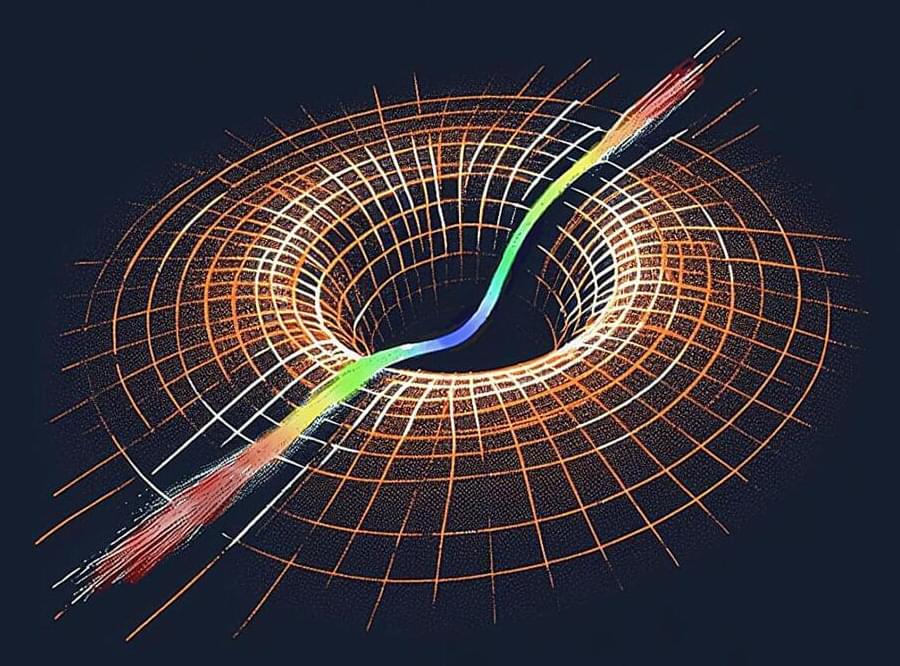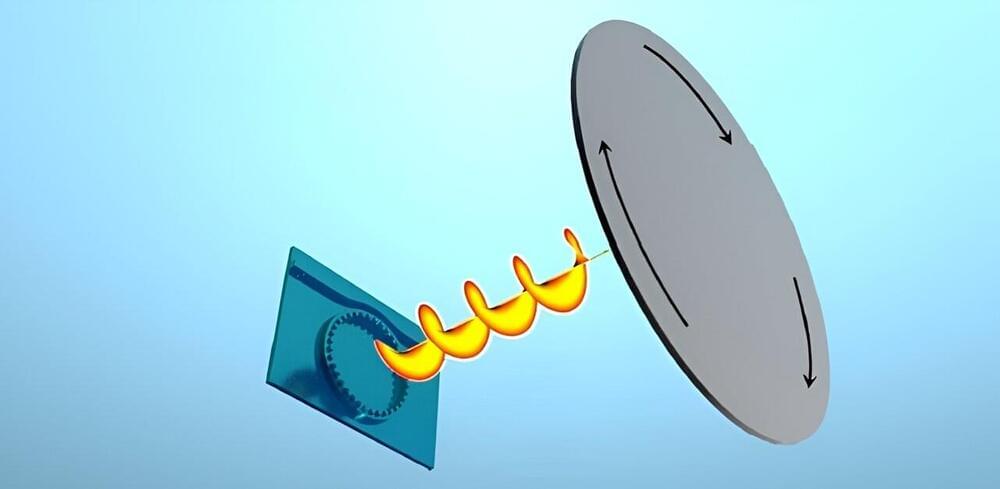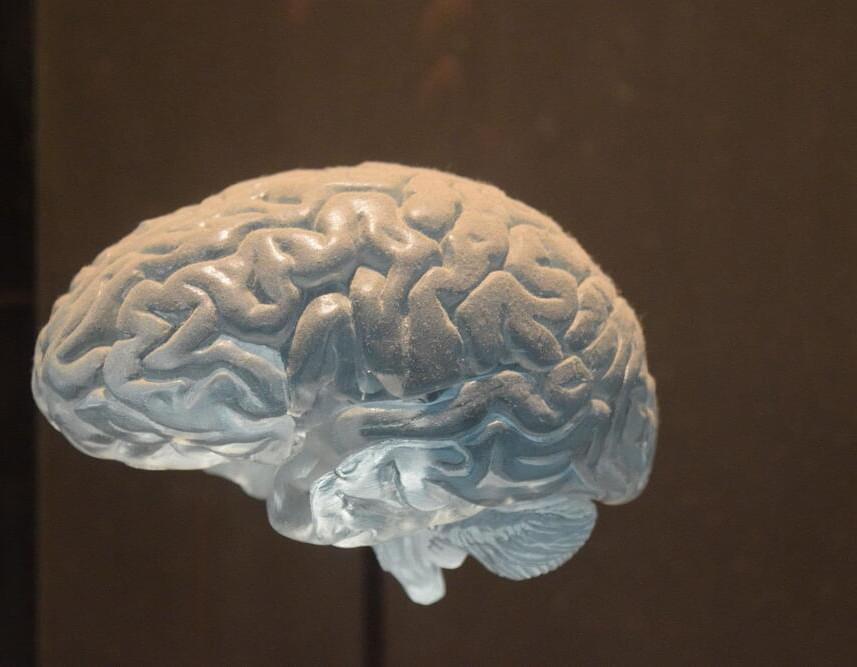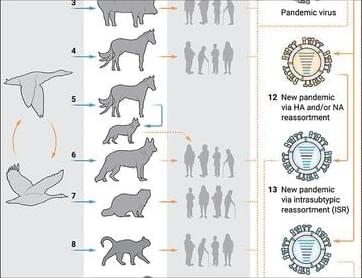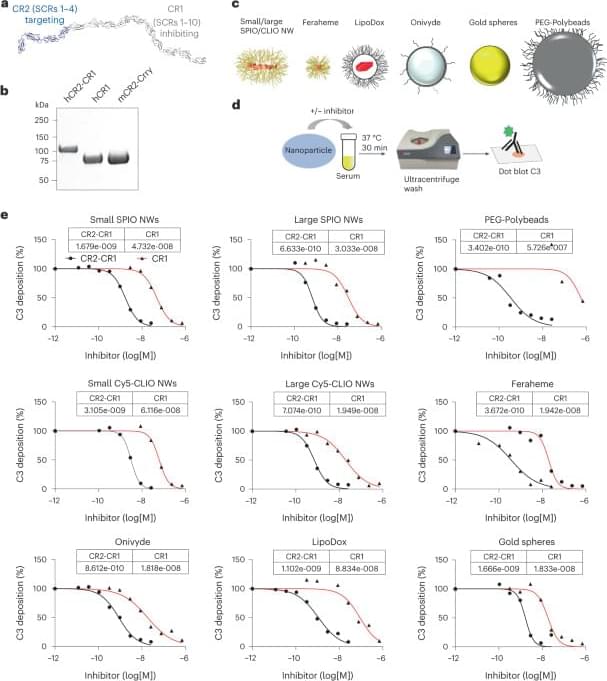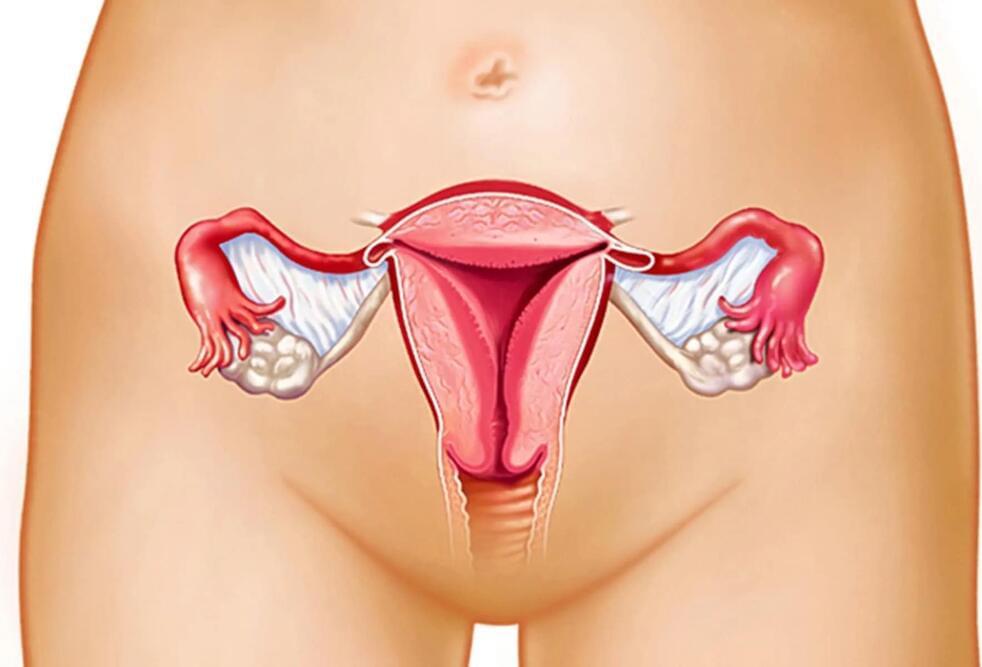Oct 21, 2023
Accelerating waves shed light on major problems in physics
Posted by Saúl Morales Rodriguéz in categories: information science, physics
Whenever light interacts with matter, light appears to slow down. This is not a new observation and standard wave mechanics can describe most of these daily phenomena.
For example, when light is incident on an interface, the standard wave equation is satisfied on both sides. To analytically solve such a problem, one would first find what the wave looks like at either side of the interface, and then employ electromagnetic boundary conditions to link the two sides together. This is called a piecewise continuous solution.
However, at the boundary, the incident light must experience an acceleration. So far, this has not been accounted for.
